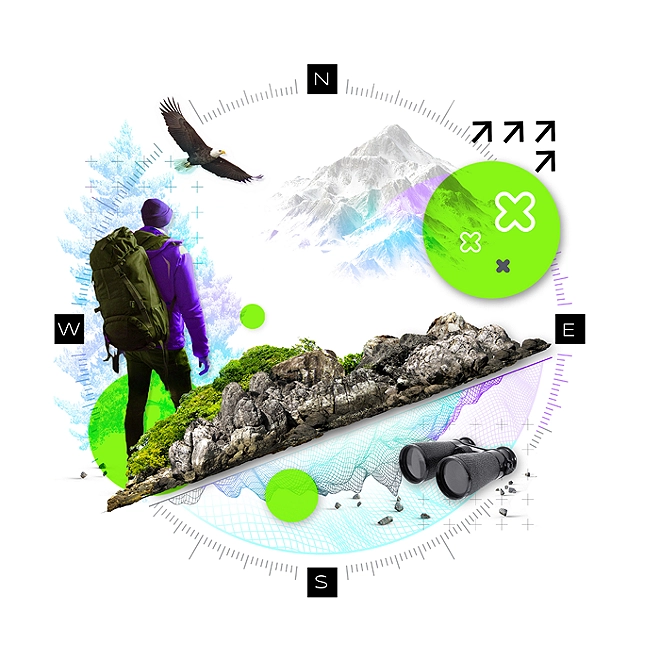When Agile teams are not enough
Scaling accelerated value delivery
Why are organisations adopting Agile at Scale?
As organisations adopt Agile beyond IT and for larger programs, team-level Agile is still great—but no longer sufficient on its own. Many organisations have adopted Agile already, but find it difficult to reap its full benefits. Agile teams do not operate in an organisational vacuum and they have to be orchestrated to deliver more complex objectives across team boundaries. Furthermore, traditional budgeting and planning processes limit the effectiveness of agile working on the team-level and can be an even bigger challenge for Agile programs.
In general, organisations should avoid scaling Agile as long as possible, but once the Rubicon is reached they should cross it swiftly with a proven framework that extends their teams’ Agile practices and helps them link strategy to execution. SAFe can be used to extend team-level Agile to the program and portfolio level, while keeping Scrum and Sprints at its foundation. The investment organisations have made in the training of teams, Scrum Masters and Product Owners is not wasted, but is being built upon. SAFe training is not only available for typical Agile roles, but also senior leaders, architects, programme and portfolio managers – everyone whose involvement is required.

Explore our Consulting Services

What is at the core of scaling successfully?
Recommendations
Opens in new window
